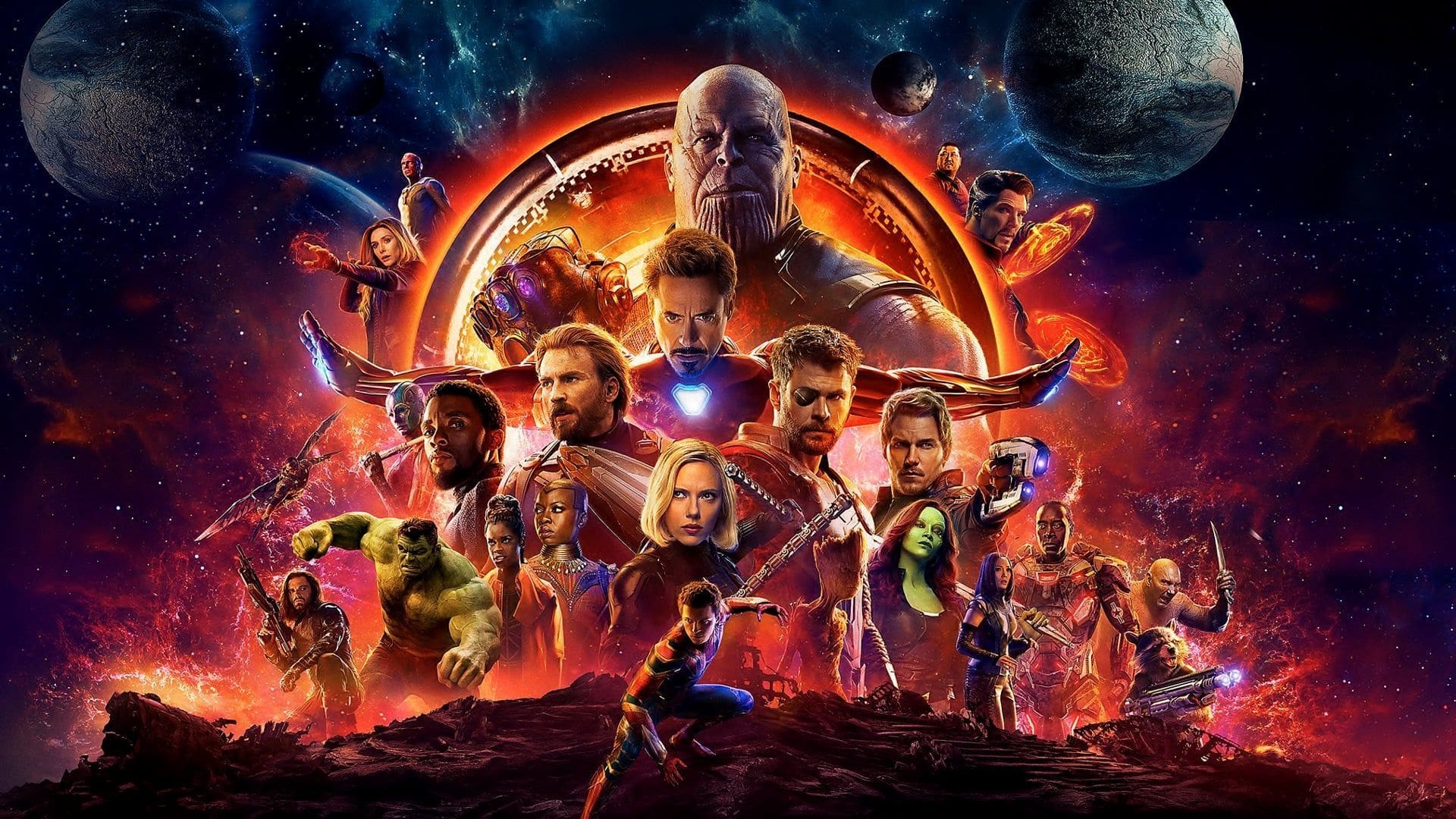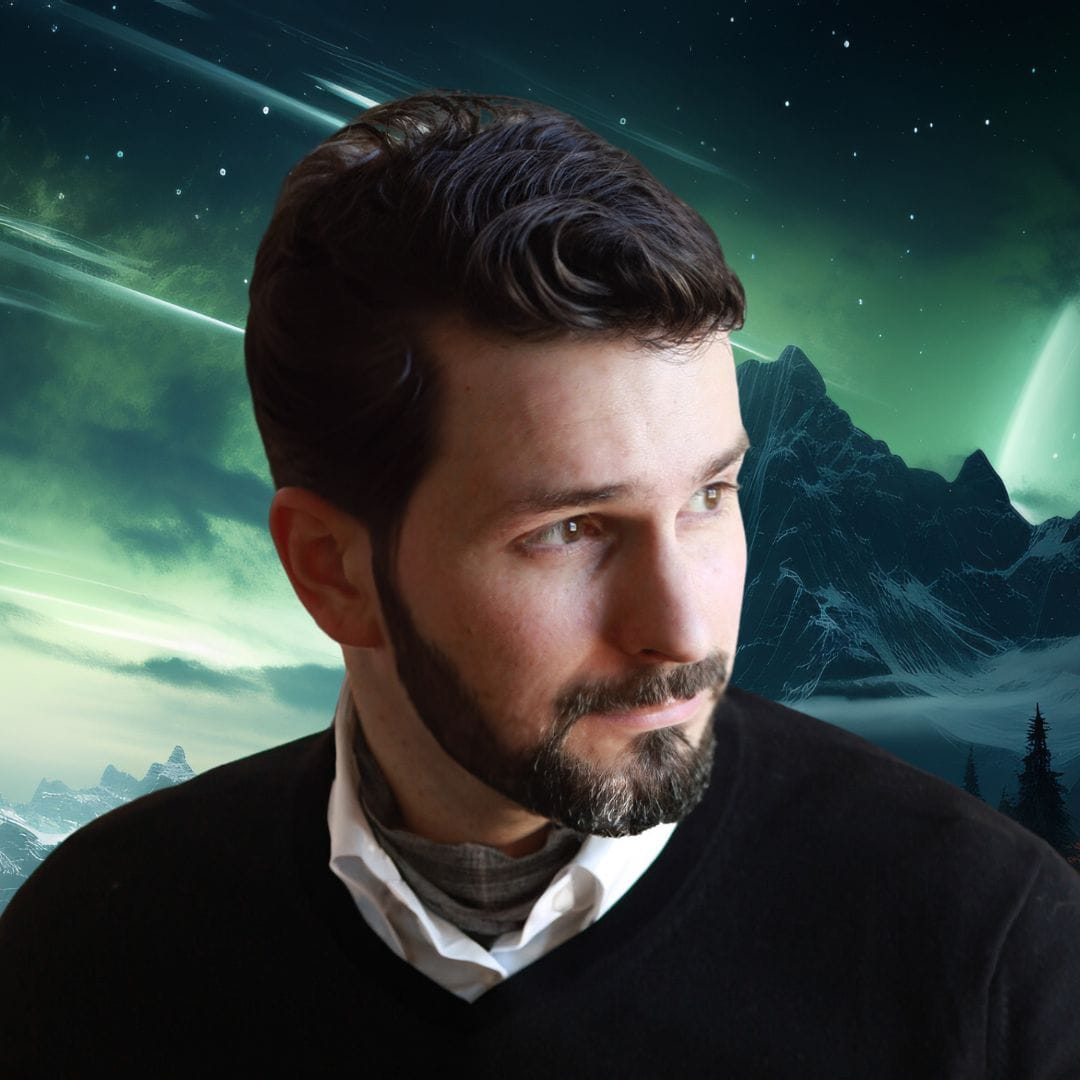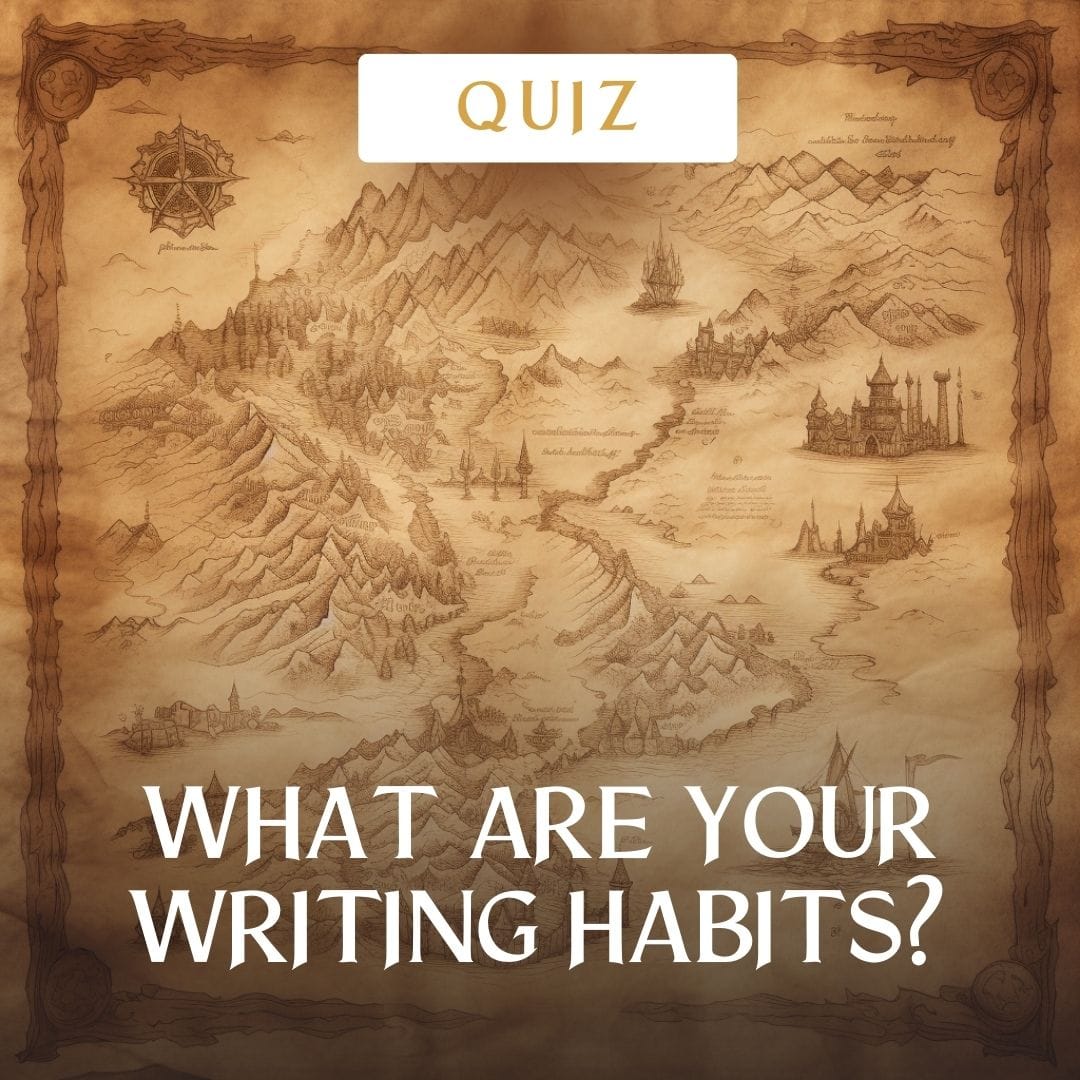Myths explore how individuals answer the call of their culture.
While some myths are about origins, or ritual explanations for natural events, we’re talking about something different.
We’re thinking about what it means to be a person, a hero, challenged to take action within the morals of our culture. We are no longer children. We have formed our sense of identity. Now that sense is put to the test.
Mythic stories are often wide and epic in scope, with heroes, heroines, talking animals, gods and angels, demons and dragons, great themes of light and dark.
Myths are about the contact between our center and our culture, often to discover that we have fallen short – short in our idea of ourselves, and short in what reality is. As a genre, the myths themselves are largely ignored, but they are the foundation of almost every fantasy story, superhero story, frontier fiction… anything heroic.
They can be as immersive and original as Tolkien, as allegorical as Lewis, as intentionally detailed as Sanderson, or as world-blending as Rowling. Heroes can be irrevent as Tony Stark, loyal as Captain America, broody as Batman, lighthearted as Superman.
And there are many others. Star Wars. Harry Potter. Game of Thrones. Narnia.
Mythic tales are usually flattened into ‘pre-scientific origins of a people,’ or explanations for weather. Usually people who say these things haven’t read enough of them. Or they’ve only read comparative summaries.
Others have dismissed them as ‘lies breathed through silver’, or the antics of demons. These aren’t fair either.
Myth is much more. In fact, our entire world of story that we surround ourselves with is basically mythology. We live mythology constantly.
So what is mythology?
It is the step beyond the fairy tale. It is a story that makes our interior life external. It embodies what we can’t see in our spirit and psyche. It’s our personal drama, explored within the context of our culture.
It is like a ‘sacrament’, making visible an invisible reality. It holds up paths of action, reveals great relational truths, and connects the individual with the strangeness of creation.
Mythical characters usually have names, unlike most fairy tales. Myths often probe a deeper , more definitive question. “I should be ‘like’ Hercules, or Loki, or Anansi.”
Fairy Tales reveal the normalness of the person, the individuality of the child, the identity emerging from a confusing inner life.
Myths chart the next step. What do we do with our selves? What do we do with our time? Essence and time creates our arrow of destiny, and the call to adventure. The call to explore and express the limits of our being.
Myths come to us from the deep and tortured and brilliant religious traditions of the past. From the depths of pyramids and temples and oracles, we are given stories of gods bartering with elves and dwarves, of creation moments, and endings. They are wracked with hybrid beasts and puzzles and intentional numerology and constellations.
Myths are the fairy tales of the world around us. Myths help us begin to understand that creation is filled with the same forces and fields we find within ourselves. The journey into ourselves happens hand-in-hand with our sacred pilgrimage of life together as community.
The gods and their antics stand for deep truths, usually hidden behind silly-seeming adventures. In that sense, we must see they all have a hidden meaning. They can be enjoyed and laughed at and thrilled at by ordinary folk.
But they can also unlock deeper psychological and spiritual truths.
Myths ride the line between the human psyche and how it emerges from the tapestry of spiritual realities, how we resonate with and are informed by gods, angels, demons, elves, dwarves, animals, stars, and the Great Abyss of Being in which everything thrives.
Our First World West is starved of mythology. We tell ourselves we don’t need them any more. Ironically, we simply live out myths blindly.
In America, we are bound by deep myths. Our culture and country is defined by the founding myths of our origins; the Robin Hoods, rebellious Loki, or Jack and Beanstalk tales. They capture a sense of rebel heroism that rises up against oppressive father figures. We believe in building a Round Table of unity that binds free folk together.
But we don’t have a common sacred tradition. Our religious culture has been emptied out and starved of humanity.
We’ve agreed among ourselves that the only myths we can endorse are spiritual stories from Sacred Scripture.
But as history shows, they’re not enough.
How can they be? Stories of spiritual adepts and spiritual realities are the full flowering of the fairy tale and the myth. They cannot be understood without these human aspects.
Because understanding is something only humans can do, to ‘stand under’ these things. If we are unprepared, and don’t know it, we aren’t capable of unlocking the meaning.
Superheroes today are a modern mythology. They are for us what the gods were to the ancient people. They are expressions of a people, of a cultural ideal, of a subculture’s dreams. They make visible what is invisible to the normal human mind.
We look at them, and love them for what they reveal about ourselves. And we mimic who they are, because they are symbols. They are more than mortal men.
Look at every movie in the Netflix lineup, or on DisneyPlus, or Hollywood’s century of filmmaking. All of them are mythology.
All of them ask who am I, how should I act, how do I respond, why should I do something. We watch them and upvote them depending on how they resonate with us, on how they reveal us to ourselves.
Netflix’s Top 10, and the enduring classics from our century, are revealing a new mythology for our age, the mythology of the Every Man, where not just the royalty and the priests are favored, but we are all gods (Psalm 82:6).
But without mystagogy, or sacred stories, myth remains forever the call to adventure without a clear sense of the destination.
In myth, these stories are less about discovering identity, like they are with fairy (numinous) tales. They are about the ‘use’, the integration, the implementation of that identity.
How that identity meets the trials of life. How that identity builds up culture.
Myths don’t often change, don’t often have internal journeys of conversion. They are archetypes in action.
That’s why we need sacred stories as the next step in our journey.
This post is excerpted from ‘The Rewilding of Enchantment‘




0 Comments